Popular games for franchise Tokyo Xtreme Racer
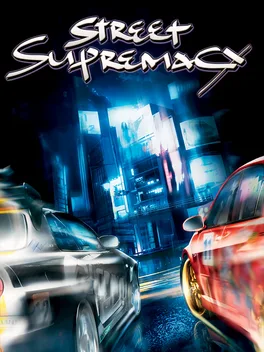
Unlike other Shutokou Battle series titles, the objective of Street Supremacy is to join a team, level up to become the team leader, recruit other rivals to join your team, and to take control of the various highways in Tokyo. The map area consists of the areas featured in Tokyo Xtreme Racer 3, including the C1 Loop, Shinkanjou, Wangan Line, Yokohane, and Yokohama routes. Each route is broken up into several zones, which are controlled by the rival teams. Rival teams in Street Supremacy include Rolling Guy, Fine Drive, Galaxy Racers, The Road of Justice, Departures, No Loser, Highway Outlaw, Free Way, Another Star, Unlimited, Neo Limited, Speed Masters R, and Wanderers (much like other Shutokou Battle titles, Wanderers have certain requirements that need to be met before challenging the player). Some bosses from the other titles appear in Street Supremacy as Wanderers by default. Street Supremacy is the only Shutokou Battle series title where rivals can change teams during the game and teams can disband during the game.
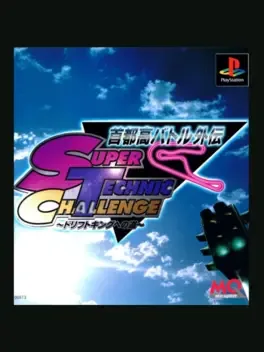
Shutokou Battle Gaiden: Super Technic Challenge is a Racing game, developed by Mitsui & Co. and published by MediaQuest, which was released in Japan in 1996. It features 25 licensed vehicles. The gameplay consists of drifting your vehicle with arcade-like handling in drift zones and recieving scores based on the angle, length and speed of the players's drift. Events are set up as a 1 v 1 battle between the player and a CPU, with the winner being whoever has the highest drift score at the end of the lap.
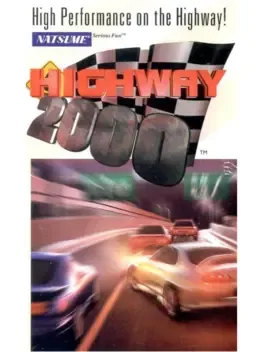
Rev up for the road race of the century! Highway 2000 delivers driving excitement with all cylinders firing! Fly through five harrowing highway courses with your choice of three high-performance racing machines - the speed and handling of the Mad Viper, the awesome acceleration of the Dark Nebula and the stick-to-the-road grip of the Rapid Fire. Slide with all four wheels into a hairpin curve. Negotiate treacherous tunnels, narrow bridges and heavy highway traffic. Challenge a fellow racer to a winner takes all split-screen barn burner! You can see the action from above, from the road or your driver's seat. It's your road! Get out onto the highway and go! This is the Australian/European version of Wangan Dead Heat, released in Japan. This version cut all of the content relating to wooing women in the career, a large part of the Japanese release. It is a spin-off of Genki's Shutokou Battle racing series.
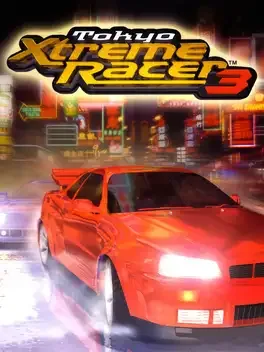
Tokyo Xtreme Racer 3 (or 首都高バトル 01 in the Japanese release) was released for the PlayStation 2 in 2003 as part of Genki's Shutokou Battle series. This entry in the series was released two years after the previous game, Tokyo Xtreme Racer: Zero. Much like other entries in the series, the objective is to become the fastest racer on the highways of Japan, but unlike those before it, TXR3 allows the players to race in Nagoya and Osaka instead of just Tokyo, and the Tokyo map is expanded to include the Yokohama area. In addition, this title adds a weather cycle. TXR3 includes a fully-licensed list of cars from a variety of Japanese, American, and European manufacturers instead of the old car model designation method of "Type-(technical model name)", and furthermore, the car list itself was culled of many repeat models so to simplify and reduce the number of cars. The A, B, and C car designations were also removed. Graphically speaking, Tokyo Xtreme Racer 3 is a definite improvement over previous entries. Car models feature a higher polygon count and are much more extensively detailed and lighting effects were also greatly improved, featuring light streaking effects, road reflections and higher quality car reflections.
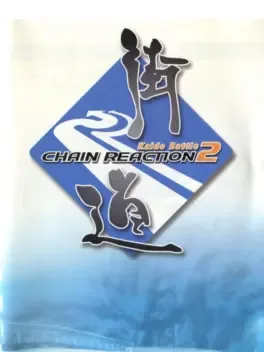
Kaido Battle 2: Chain Reaction is the second game in the Kaido Battle PlayStation 2 spin-off series of Shutokou Battle. Throughout the courses, the player can check the rival's info, sponsor's info, lover's info, change and tune up the car or check the prize. Cars can be bought new or in used cars shop, along with various parts for your car such as engine parts, air cleaner, turbo kit, cooling module, tires, and such. For aesthetics and dress up, things such as car color, wings, and other visual gadgets can be installed. Battle modes include Speed King mode, CA King mode and SP King mode. Additionally, two players can race in Versus battle on a split-screen.
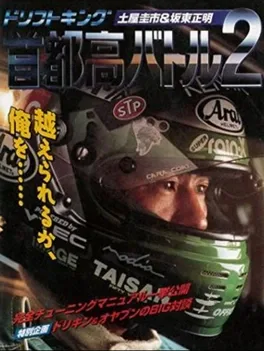
Drift King Shuto-kou Battle 2 is a behind-the-car driving game exclusive to the Super Famicom. It is named after and endorsed by Keiichi "Drift King" Tsuchiya, and the title refers to the Shuto Expressway near Tokyo upon which most of the races take place. Players select a car and customize it before taking it to the track to race against other street racing enthusiasts. The game maintains a split-screen regardless of whether or not a second player is involved; on single-player, the top screen's camera stays on the starting line.
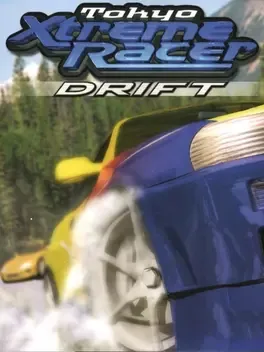
This fifth installment in the Tokyo Xtreme series, focuses more on the "drifting" style of racing and has two different distinctive challenges of racing included in the game. Players can race professionally during day races, earning money to upgrade their cars and try to get the big sponsorships. During night races, players can race for pride, along with the ability to bet money and even car parts. Players will race in the scenic mountains of Japan, in real life courses on uphill and downhill races and even during varying weather and seasonal conditions, effecting the handling of the cars as they would in real life. There is also a rivalry battling system in the game, making the races more dangerous as opponents try to stop them at all costs. It also features real licensed high-end vehicles such as Nissan, Toyota, Subaru, Audi, Alfa Romeo, Mini, Volkswagen among many others.
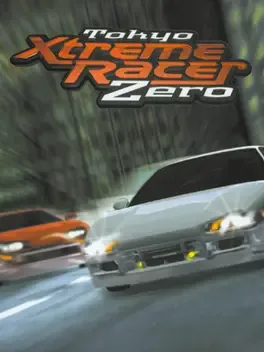
Tokyo Xtreme Racer Zero is a racing game developed by Genki for PlayStation 2. Despite its name, it is set between Tokyo Xtreme Racer 2 and Drift, and has enhanced sound and graphics. The game was released in Japan as Shutokou Battle 0, but was also a release in North America. The game was released in a PAL version in Europe and Australia under the title Tokyo Xtreme Racer (not to be confused with the Dreamcast title of the same name). This is the first game in the series that has been released on a platform other than the Dreamcast. Zero was originally to be released on the Dreamcast but was then canceled and moved to the PlayStation 2. The Tokyo Xtreme Racer series has produced a total of six games, the first four being U.S. localizations of the first four Shutokou Battle series games and the final two being U.S. localizations of the first and third Kaido Battle series games.
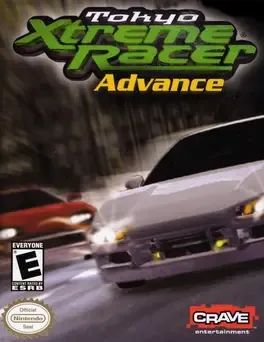
Game Boy Advance adaptation of the popular Japanese Tokyo Xtreme Racing series of games. The GBA game features more than 16 unique user-playable cars to choose from, each with various levels of car tuning options. "Tuner" fans are able to upgrade and customize their cars with plenty of performance and style modifications. Gameplay is similar to the console titles, meaning you explore different metropolitan areas and look for other car fans to challenge them to races. Players race through three cities- Tokyo, London and Los Angeles-on six different tracks. There are more than 60 different rivals to challenge.
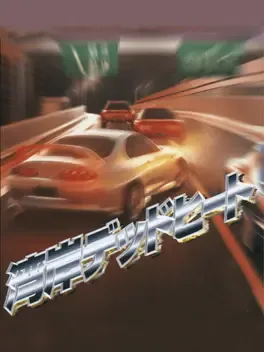
Never dreamed having an expansive sportscar and an amazing babe at your side? If so this game is for you. Get the car and maybe the babe will come if you are good enough. And maybe she will let you see a little more of her... Depending on you... Wangan Dead Heat is a spin-off of Genki's Shutokou Battle (aka Tokyo Xtreme Racer) series. This Saturn game combines the typical arcade racing of the time with a career mode consisting of the player attempting to woo women by driving fast and safe. FMV's would play depending on how the player did, and being successful eventually leads to (supposedly) the women stripping their clothes, hence the 18 age rating. The Worldwide release, named Highway 2000, strips everything related to wooing women from the career.
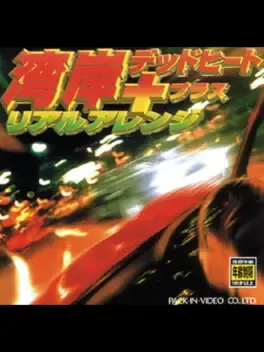
Wangan Dead Heat is a spin-off of Genki's Shutokou Battle (aka Tokyo Xtreme Racer) series. This Saturn game combines the typical arcade racing of the time with a career mode consisting of the player attempting to woo women by driving fast and safe. FMV's would play depending on how the player did, and being successful eventually leads to (supposedly) the women stripping their clothes, hence the 18 age rating. This Version includes a bonus disk jammed with more FMV's lewd enough to warrant a yellow label warning. Unfortunately, the quality of the FMV footage on the bonus disk is poor without the Saturn MPEG card being installed, but it still runs without one.
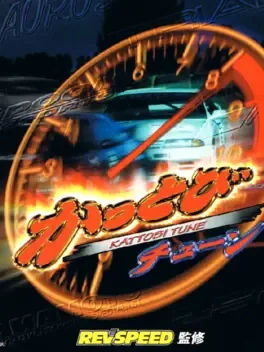
Kattobi Tune is a circuit/tune edition unique episode of the Shutoko Battle series (aka Tokyo Xtreme Racers). Kattobi Tune was compiled under the supervision of Rev Speed, a popular Japanese car tuning magazine and features seven licensed professional tuners, RE Amemiya, Spoon, Mine's, Trial, "RS Yamamoto", Garage Saurus and JUN Auto, appearing years later in Racing Battle: C1 Grand Prix and also in the influential Gran Turismo series by Polyphony Digital. In Kattobi Tune's career, you follow a text-driven story as you slowly work your way towards faster and faster cars, either by an extensive car tuning

Shutokō Battle R is the third installment in the Shutokō Battle series for the PlayStation. This time, however, the action is not limited to Tokyo - it has spread to the Osaka metropolitan area. There are three game modes to choose from: Scenario: Try to beat the clock as well as your competitors to the finish line. The points you earn can be used to upgrade your car in the machine shop. Practice: You can practice driving before you try it on the real thing. Link Race: Connect another PlayStation and play against another player. The more opponents you defeat, the quicker you will be able to meet the challenge of professional driver and street legend Keiichi Tsuchiya.
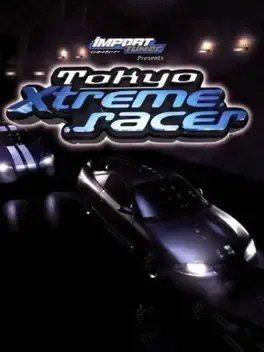
Tokyo Xtreme Racer is a racing video game released in 1999 as one of the console's launch titles, the game was one of the first mission-based racing games. The gameplay involves the player challenging other drivers on the Shuto Expressway in order to gain money to modify and enhance his or her car. The game features a wide variety of Japanese cars and tuning parts to purchase as the player progresses through rivals. When released in Japan, Shutokō Battle was one of the best selling Dreamcast titles at this time. The game is based on illegal highway racing in Tokyo's Wangan highway with custom tuned cars. A such phenomenon is growing popular in Japan since the 1990s with dedicated manga (Shutokō Battle's biggest inspiration being Wangan Midnight), anime series and video games (C1 Circuit, Wangan Trial, Naniwa Wangan Battle).
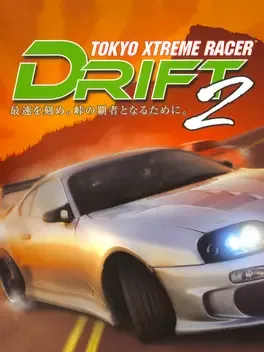
The mountains of Japan are calling - and so are your racing rivals. With the mysterious disappearance of the reigning champion, the tournament crown is suddenly up for grabs. Many will vie, only one can win. Do you have what it takes to race, grind and drift your way to the ultimate racing prize? Race in the dangerous mountains of Japan - Hakone, Niko, Haruna and Akagi - all faithfully recreated using the most advanced laser techniques to maintain every tight twist and turn.
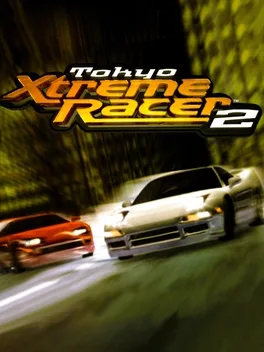
The thrilling followup to the original, Tokyo Xtreme Racer 2 improves in all fronts. With more road to drive on, rivals to fight, and cars to master, this entry offers everything and more. In the game, you race around the streets of Tokyo at night in an almost seamless experience, from cruising around, to joining a race, to cruising again. Flash your headlights when tailing a rival to incite a race, and after a short cinematic, you're both off. To win a race, you need to take down your opponent's power meter, while keeping yours intact. It decreases when hitting objects, and, more importantly, in last place. The game is less focused on the realism of a racer, but still takes into account a good amount of customization, from upgrades to tuning. Since you'll be driving the car almost constantly, its best to have your own personal vehicle. The roads you drive on start out limited, but expand as you dive deeper and deeper into the game. Don't expect to go without memorizing the tracks; in order to beat the best, you need to make Tokyo your home.
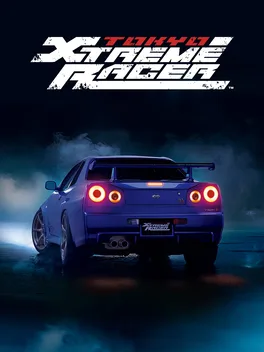
"Tokyo Xtreme Racer" is a racing game set in a blocked-off future Tokyo, where players aim to be the fastest by driving their best cars on the highways that weave through the city. A new title, "Tokyo Xtreme Racer" now in development please look forward to the release of more information.
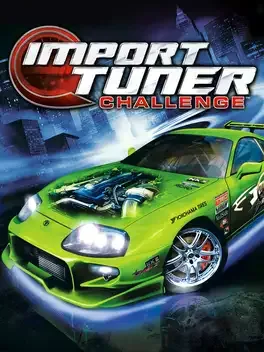
Import Tuner Challenge is set on the Shuto Expressways of Tokyo, Japan. There a total of 415 rivals in the game. It features C1 and Shinkanjo like many other TXR games but unlike TXR3, Import Tuner Challenge does not feature the highways of Nagoya, Osaka, and Yokohama. But two new highway sections of Tokyo are in the game which are Rt.3 Shibuya and Rt.4 Shinjuku.
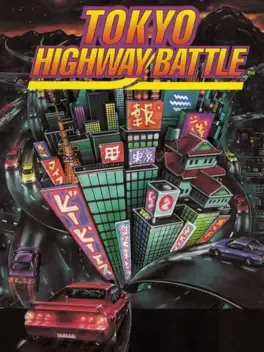
Players navigate through three Tokyo highway circuits driving one of 72 high-performance sports cars. While driving, players earn valuable points which are used to purchase upgrade parts for their vehicle. To ensure the most realistic gameplay, developers Bullet-Proof Software, enlisted the guidance of racing champion, Keiichi Tsuchiya and automotive specialist, Masaaki Bando Under their supervision, Bullet-Proof painstakingly recreated the physics and handling of each race car. The Saturn release, only released in Japan, included many more videos and starred the Drift King himself through these cutscenes.
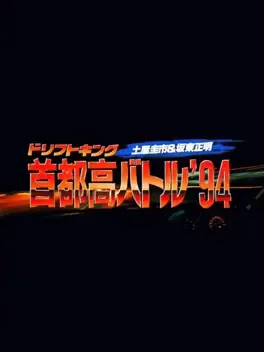
Drift King Shuto-kou Battle '94: Tsuchiya Keiichi & Bandou Masaaki, is a Japan-only racing game for the Super Famicom. The player controls a stock car across various circuits (highway, race track, driving school or tōge) in either the scenario or the practice mode of the game. It was published by Bullet-Proof Software (BPS). This game is the first of the long-running series of Shutokō Battle games. These games were eventually known under various names abroad including Tokyo Xtreme Racer in North America and Tokyo Highway Challenge in Europe. "Drift King" is the trademark nickname of Japanese pro racing and former street racing driver Keiichi Tsuchiya.

Genki's racing games have typically fallen into the Shutokou Battle series, a collection of late-night racing games that put you on the highways surrounding Tokyo. The company's latest PS2 racer, Racing Battle: C1 Grand Prix, maintains many of the same gameplay mechanics that Genki's other games contain, but this time it takes the cars off of the streets and drops them onto proper racetracks. Racing Battle will contain licensed cars. The version on display only has a handful, including an RX-7, a Supra, an Integra, an Impreza, and an S2000. The car models in the game look decent. They're nice and smooth, but they don't seem to be quite as detailed as the car models in some other comparable racing games. Like most other racing games, Racing Battle has multiple camera angles. But the first-person angle is pretty interesting. From this view, you get indicators that show how hard you're steering, accelerating, or braking. You also get a second, TV-style camera angle in a small window at the top of the screen. This is cool because it gives you a good idea of what's going on near your car. It's easy to see cars coming up behind you with this view and more effective than a standard rearview mirror. The gameplay in Racing Battle is roughly the same as what Genki has done with Shutokou and Kaido Battle series. Each car is associated with a fighting gamelike life meter, and the car in second place constantly loses pieces of its life meter. When one car runs out of "health," the race ends and a winner is declared.